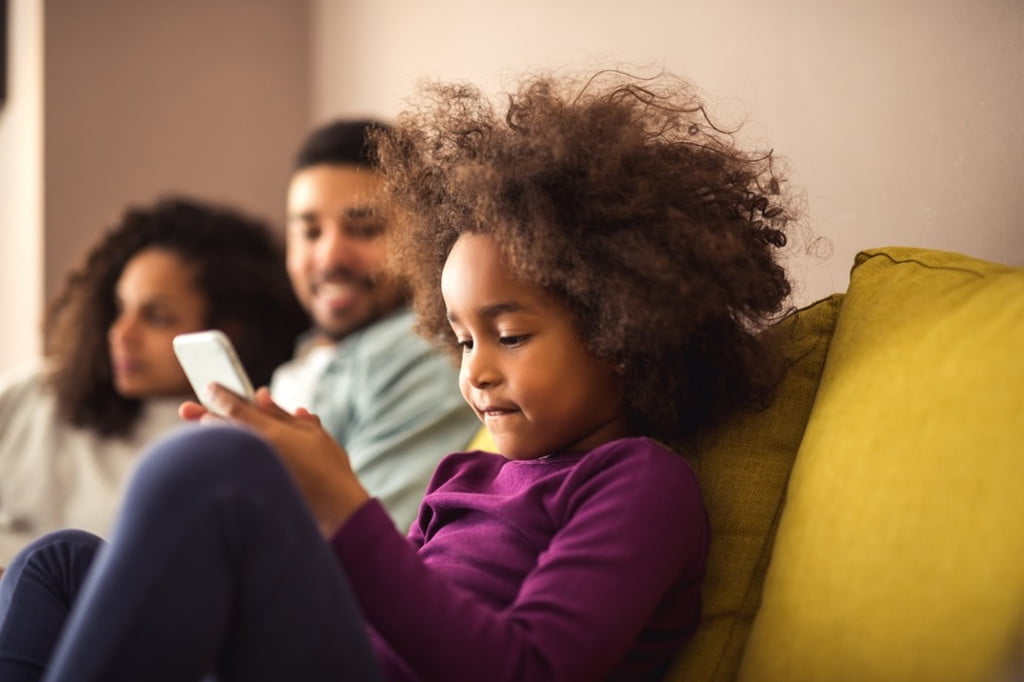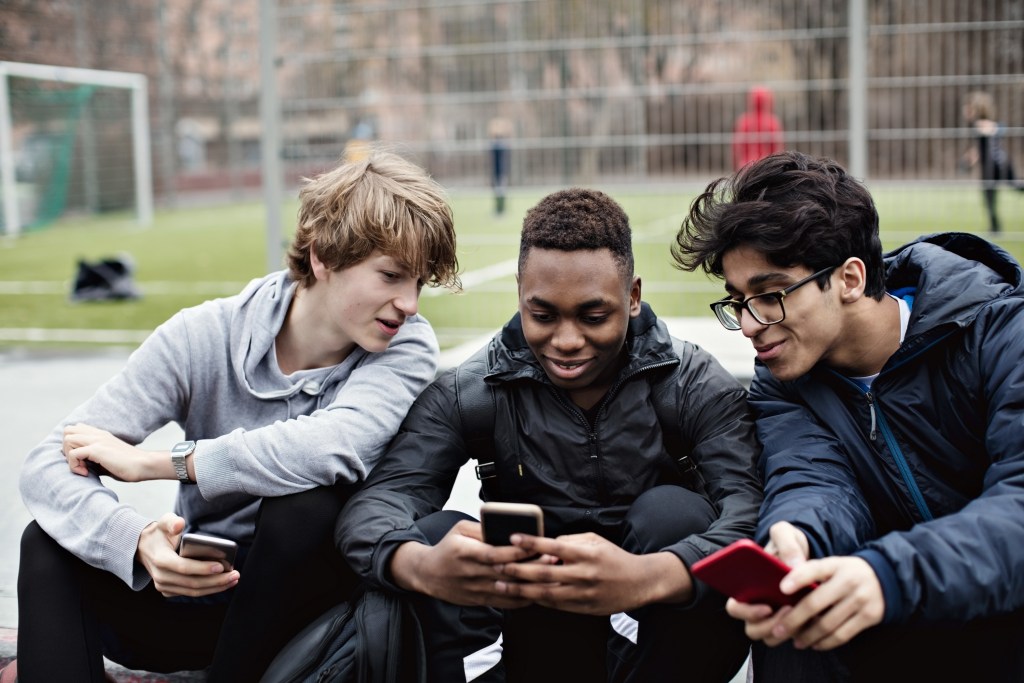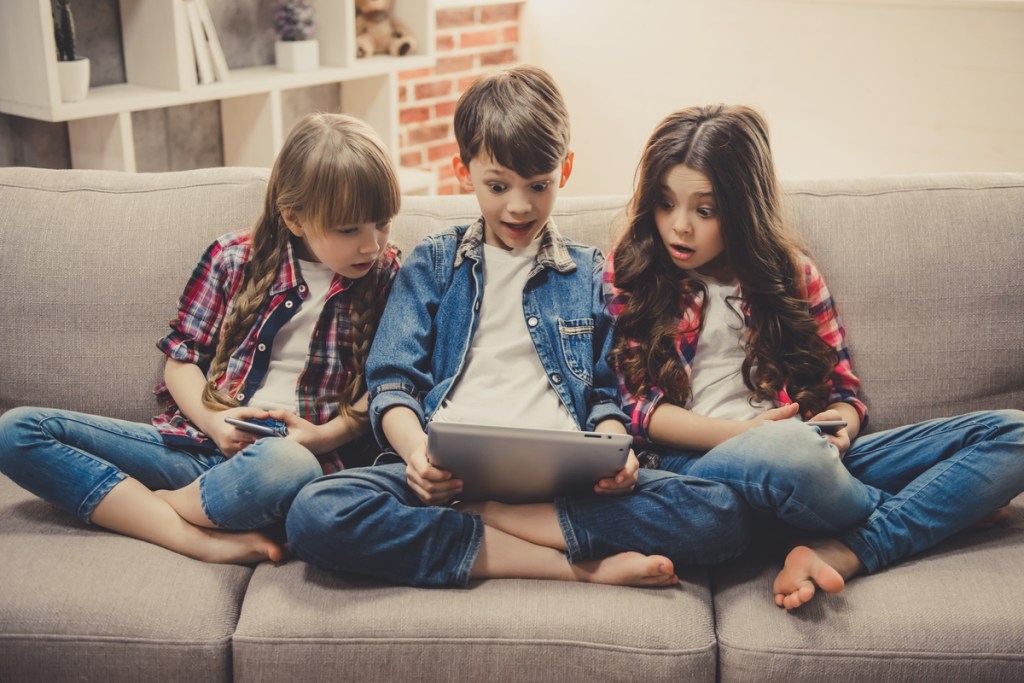Kids love gadgets, especially ones that keep them online at all times and parents love knowing their kids can be reachable at all times, which makes the Apple Watch appealing for everyone. Smartwatches are the height of convenience, allowing users to leave their phones in their bags and do everything right there on their wrists. But since there isn’t a kids’ Apple Watch version available, children are getting the real deal, along with the real price tag.
With all the convenience, though, some people have major privacy concerns about wearable devices, especially when it comes to their children. When used correctly with appropriate parental controls, smartwatches, especially the Apple Watch, could be a boon to both kids and parents alike. But should your kid sport a device designed for adults? Let’s see if children should wear an Apple Watch or if it’s one more device they shouldn’t be left alone with.
What Apple Watches do for kids

When used properly, the watch is a great tool for parents to keep an eye on their children
Apple Watches are a high-tech and stylish way for kids to stay connected with each other, family, and friends. They’re jam-packed full of features parents love like GPS tracking, fitness, and sleep tracking, and reminders that could be set for myriad tasks like homework and chores. Newer Apple Watch models have walkie-talkie functionality for kids to talk to friends or parents who also have an Apple Watch.
Apple also introduced its family setup feature, which gives parents more control over how their child’s Apple Watch is used. With Family Setup, parents can check their child’s location, set personalized activity goals, and set school time hours when the device’s functionality is limited.
Apple Watches do have privacy concerns
Apple takes its user’s privacy seriously, especially when children have access. No watch data is accessible to Apple employees, users must opt-in for personal data to be collected, and no data is shared with third parties. Also, unlike many platforms, there is no targeted advertising on Apple Watch. The Apple Watch was also named Best Smartwatch for Privacy by the Common Sense organization. This should bring a little peace of mind to parents.
Apple Watch benefits parents will like, and some they might not

Some of the benefits of the Apple Watch
- GPS locater
- Custom activity reminders
- Walkie-talkie
- Schooltime hours
- Emergency Calling and SOS
The Apple Watch, especially if you utilize Family Setup, is full of features that should appeal to parents like GPS locating, custom alarms and reminders, walkie-talkie functionality, and schooltime hours. The Apple Watch offers emergency calling, which functions during schooltime hours as well as an SOS function to alert parents to problems.
The watch does have some drawbacks
- Cost
- Only syncs with iPhones
- Additional carrier fees for cellular
Despite its plethora of features, the Apple Watch has a few drawbacks, primarily its cost. The Apple Watch SE, the low-cost alternative marketed to parents shopping for their kids, retails in the range of $150 to $250, which is expensive for a watch for a child. For many families, that’s cost-prohibitive for a device that, depending on the kid, may end up lost or broken or traded at recess.
There’s also the service to consider. While Apple Watches works with all the major carriers, there is an additional cost to add them to your cellular plan, as well as a monthly fee. Also, it’s worth remembering Apple Watches are only compatible with iPhones. If you have an Android or other phone, your Apple Watch will lose much of its functionality.
What the target age for a child to sport one should be

- 13 years old is a good starting point.
- 15 to 16 years old would be a better age range.
As with all technology and smart devices, there’s a worry about the age of the child and if they should have more access to others, and have another way others could access them. While there is no set age for a child to have these kinds of devices, the fact that Apple hasn’t made an actual kids’ Apple Watch should let parents know they need to take this seriously, just like letting them enter the social media world.
If you have a teen, the watch would be great for things like letting them listen to their podcasts, keep track of school and work if they have a job, and let parents get ahold of their location in an emergency. But due to other people possibly being able to find out their location, you shouldn’t give your young child an Apple Watch and let them go crazy.
Thirteen is when most apps recommend a child be able to make an account, so that is a good baseline for an Apple Watch. Obviously, fifteen and older would be the ideal age, as that’s when they start to drive, and parents wouldn’t mind their children having easier access to them.
Smartwatch alternatives for younger kids

If you love the idea of your child having a smartwatch but just aren’t ready to shell out for the hefty price tag of an Apple Watch – at least not until your child is a bit older – there are some great, affordable options for you. Verizon offers the Gizmo Watch, which allows parents to track their child, only allows parent-approved contacts to call or text, and doesn’t allow internet content.
The Gabb Watch 3 is another child-friendly smartwatch recommended by Consumer Reports that also allows for parent-approved contacts and GPS tracking. The Apple Watch is a great smartwatch, but if you’re looking for something with fewer bells and whistles for your younger child, there are other great options available at a lower price tag.
The Apple Watch is definitely popular with families, but whether you give one to your kids is a completely personal decision. Each parent has an age they want their child to be before they have devices and an age they want their kid to be before they have access to the internet and apps. An Apple Watch has practical uses, but the upfront and ongoing costs may make it feel like a frivolous purchase for families, especially if your child already has a smartphone. While you could absolutely get a kid an Apple Watch, the amount of freedom to use it and what goes on it is going to be the responsibility of the parent.




